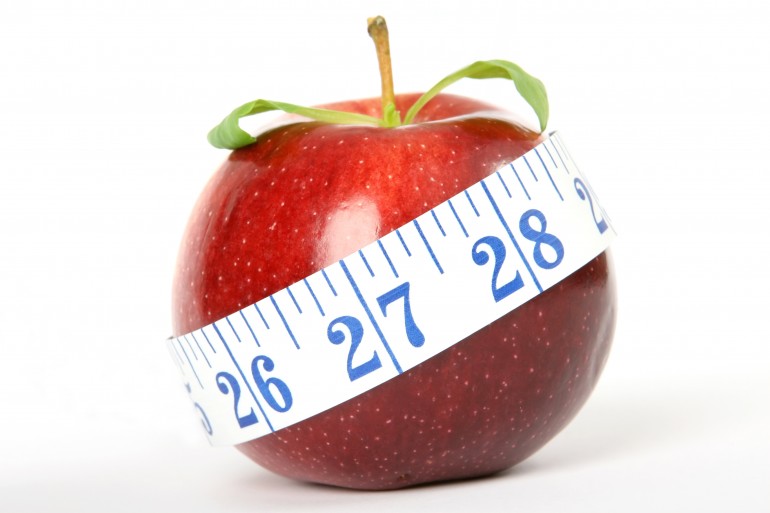
The term “Body Image” refers to the way we see our own body as well as how we think, feel and act toward it. When your body ideal (how you think your body should look and function) and you body reality (your actual physical characteristics) are not in alignment – particularly when the perceived body reality is worse than the body ideal (too fat, too skinny, etc.) – negative thoughts, feelings, perceptions and behaviours often ensue.
Body image issues are extremely common nowadays amongst the general public and especially teens and young adults of both genders. Regardless of the source (media, family/friends, culture, etc.), body image dissatisfaction can be very detrimental to one’s confidence and well-being and tends to act in a negative cycle.
It is important to maintain a healthy body image in order to:
- Keep self-esteem high (Miller & Downey, 1999)
- Minimize the risk for depression and anxiety (Stice & Whitenton, 2002)
- Prevent body dysmorphic disorder (excessive preoccupation with overall or certain aspect of physical appearance) (Thompson, Hienberg, Altabe, & Tantleff-Dunn, 1999)
- Prevent eating disorders
Psychological versus Exercise Interventions:
Cognitive Behaviour Therapy (CBT) is a psychological intervention that consists of relaxation training, cognitive restructuring, stress management, and desensitization procedures to encourage individuals to improve the four dimensions that comprise body image (thoughts, feelings, perceptions, and behaviour). CBT has been found to be successful in promoting an improved body image (Butters & Cash, 1987; Grant & Cash, 1995).
In their study, Fisher and Thompson (1994) found exercise to be just as effective at improving body image as CBT. The exercise group participants took part in a one-hour exercise class once a week for six weeks, and exercised one their own at least twice a week. They showed significant improvements along the cognitive (thought) and affective (emotional) dimensions of body image. These results were similar to those obtained for the CBT group, while the control group showed no improvement.
Exercise as an intervention has the added bonus of also improving one’s physical health as well as their body image. The mechanisms by which exercise can act to improve body image are improved fitness, increased awareness of physical capabilities, and increased self-efficacy.
Therefore, examine your own body ideal and body reality…are they in line? If not, think about how exercise can personally help you and do not put it off any longer! Stay healthy, emotionally and physically.




